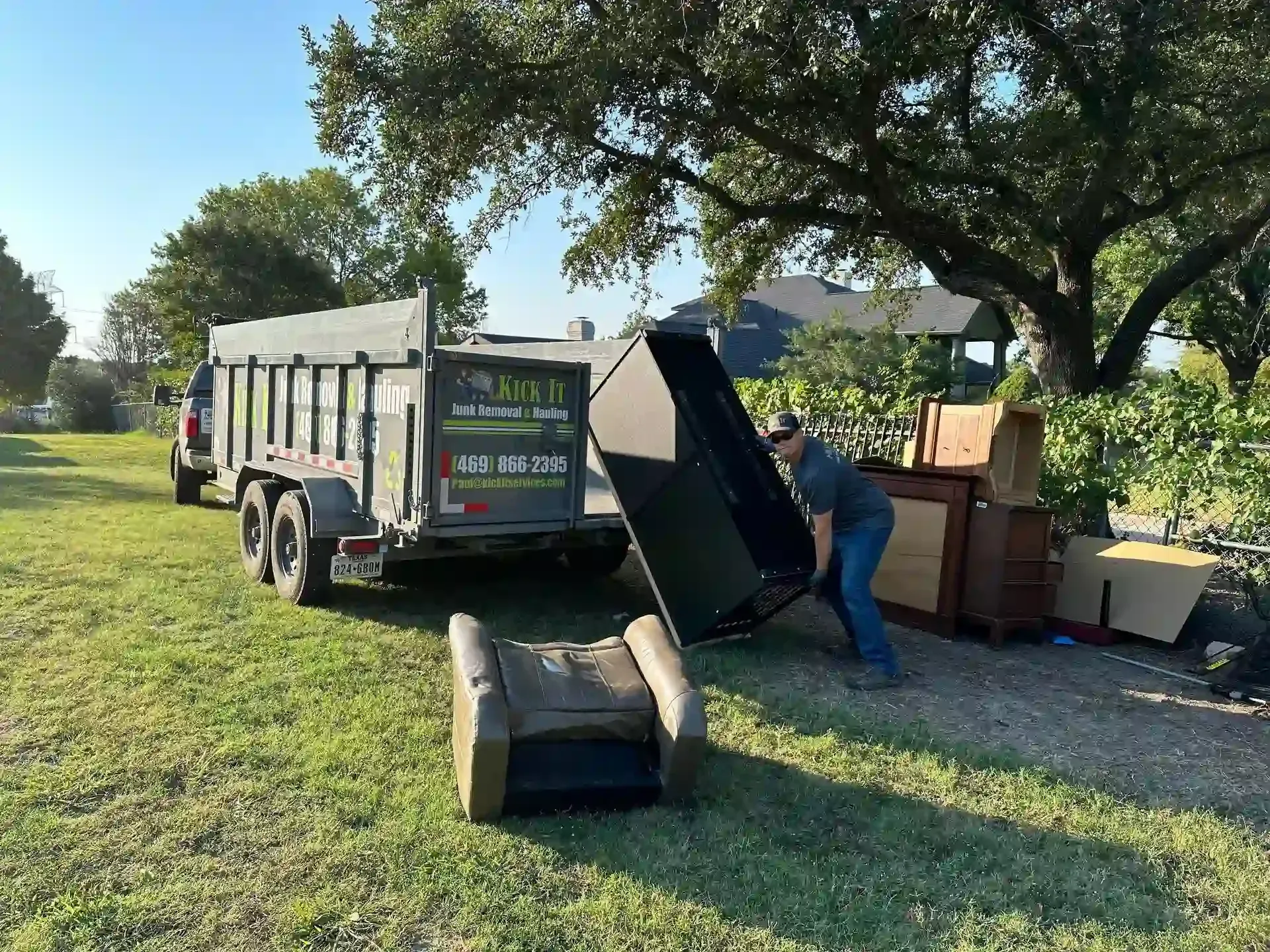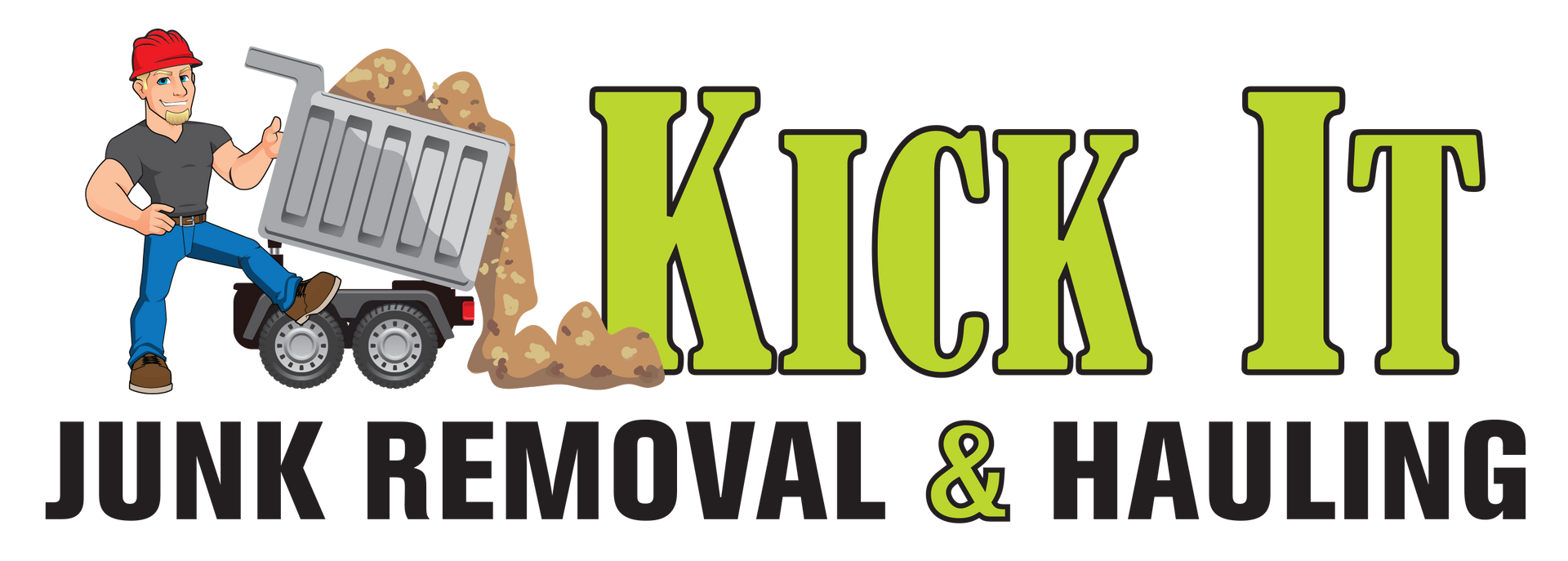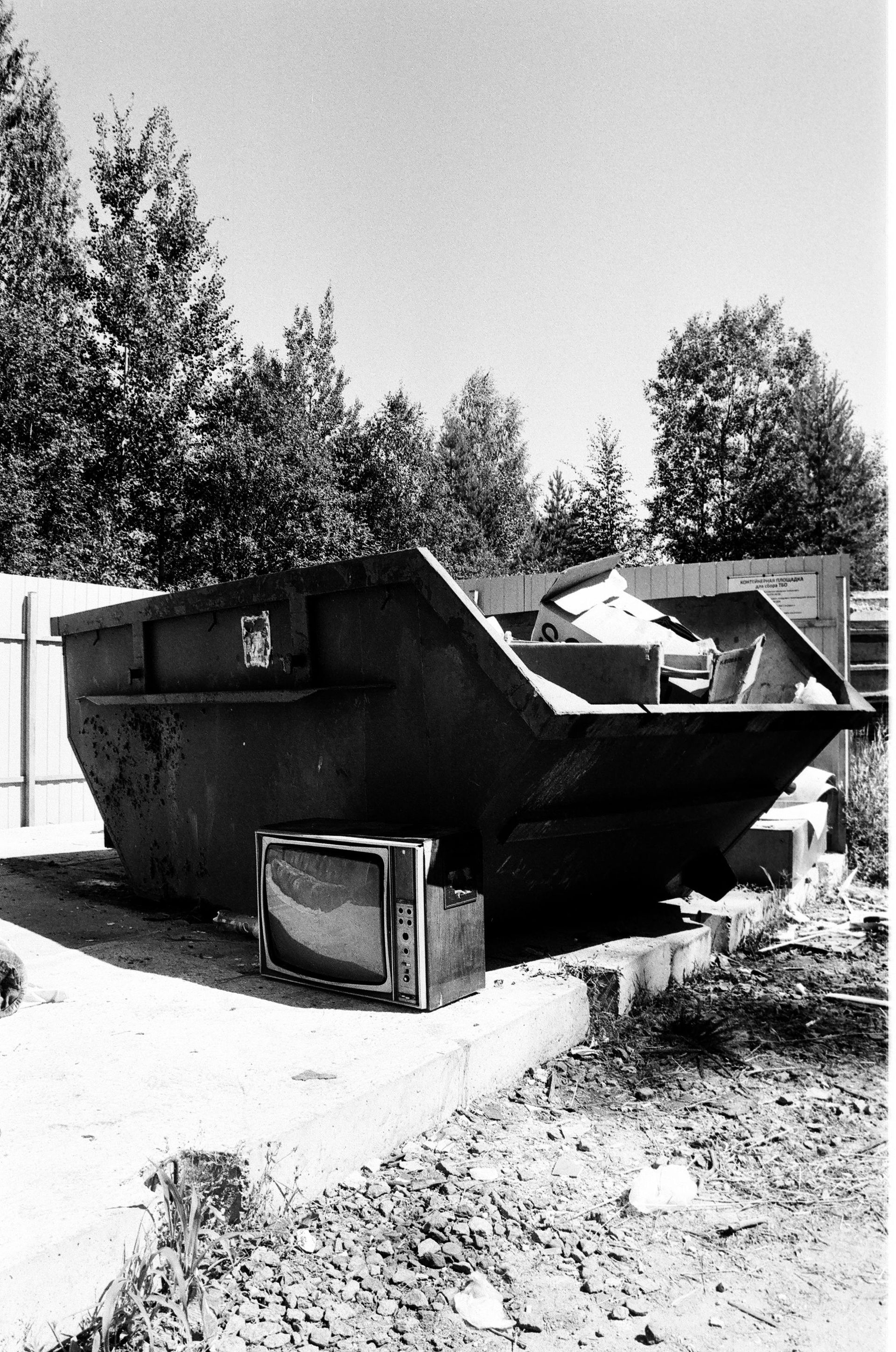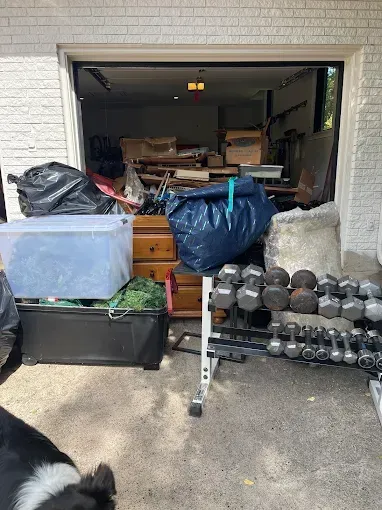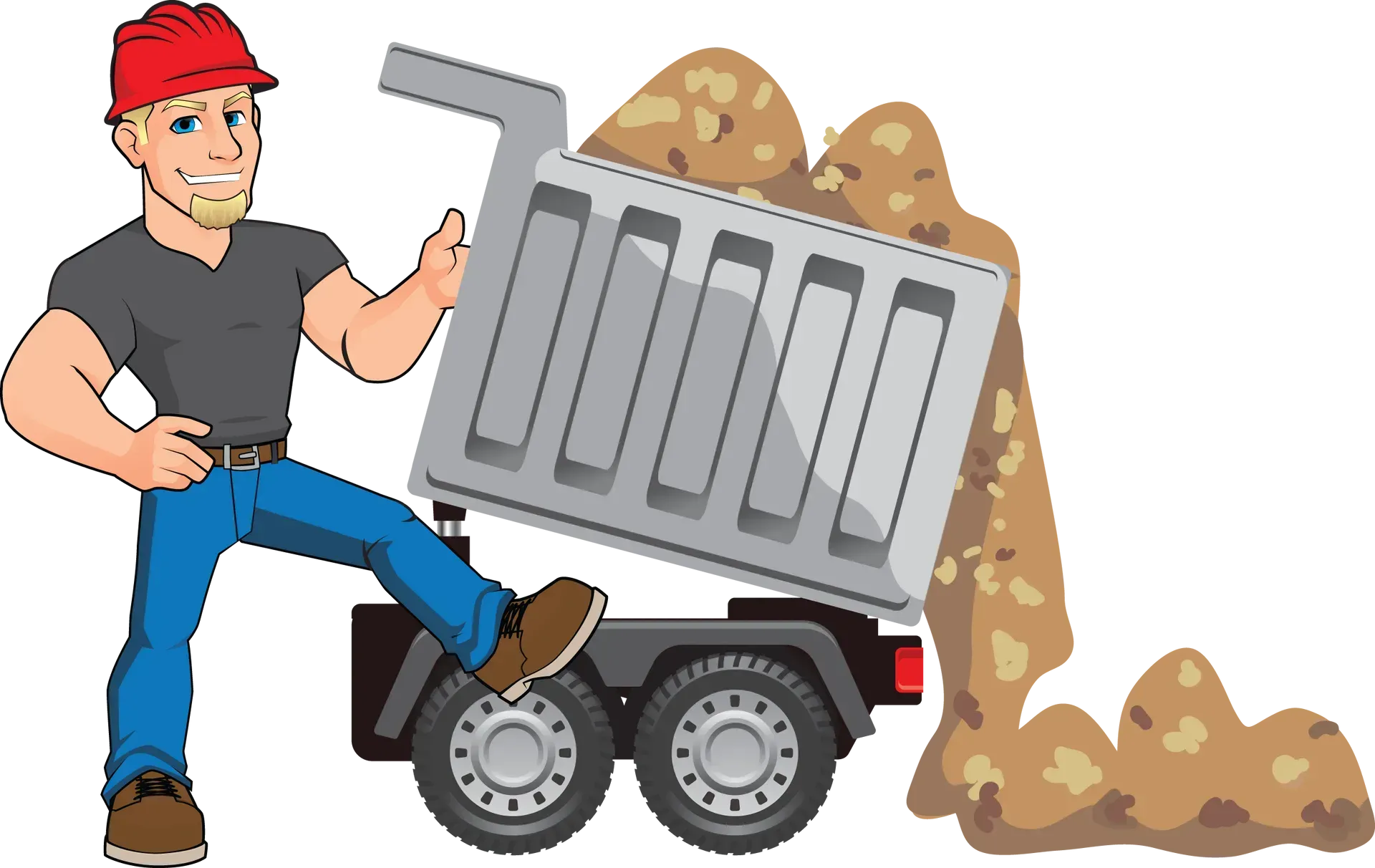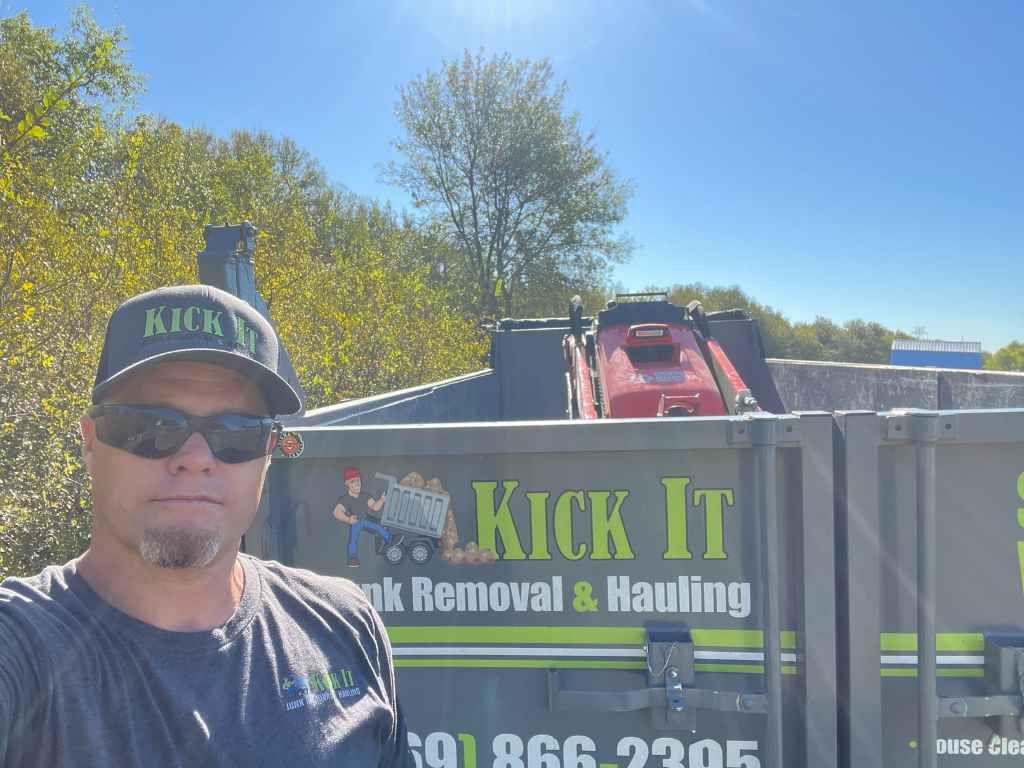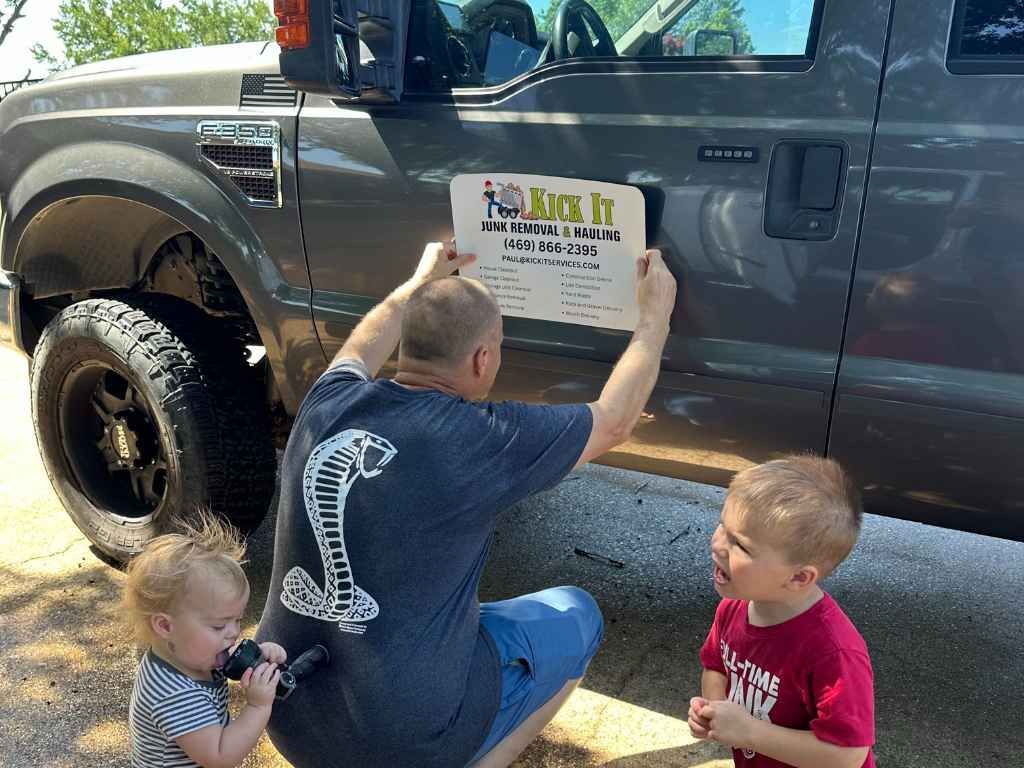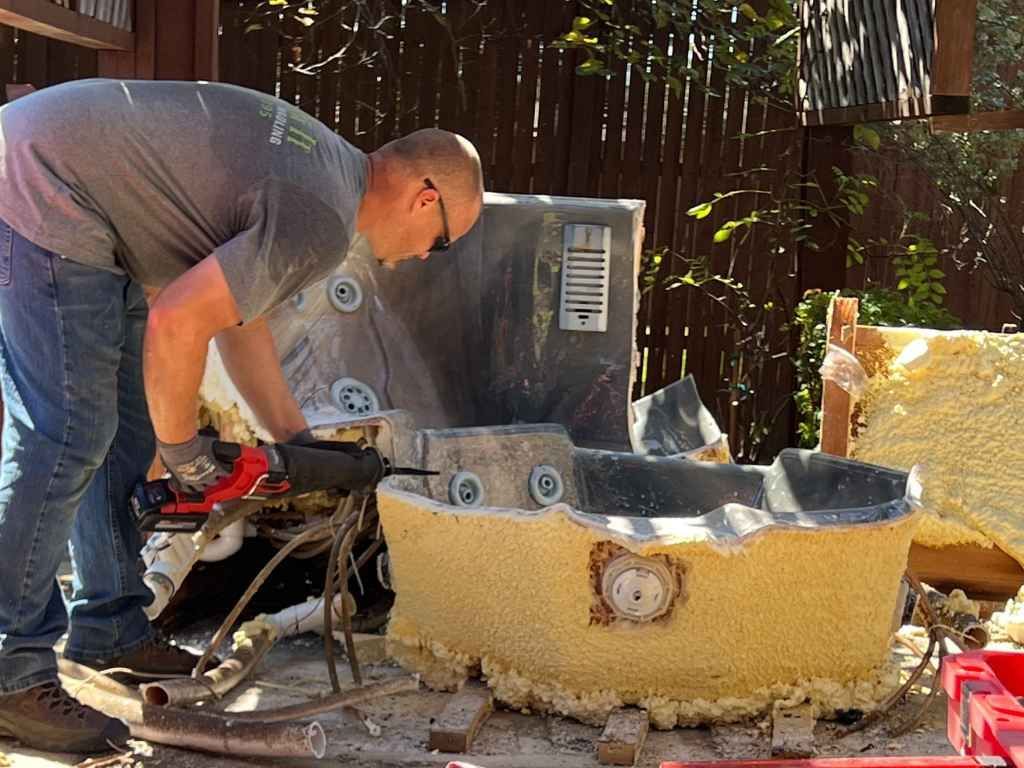How to Handle Dumpster Overflow Cleanup
Dumpster overflow is a common headache for many homeowners, contractors, and businesses alike. While dumpsters are designed to handle a substantial amount of waste, there are moments when they simply aren’t enough to handle the volume, leaving piles of discarded items scattered around. Whether you’re tackling a home renovation, cleaning up after a large event, or working on a construction project, dumpster overflow can create a frustrating mess that needs immediate attention.
This guide is designed to help you handle dumpster overflow cleanup efficiently and effectively, ensuring that your space is cleaned up in no time while minimizing stress and hassle. Let’s dive into the steps to take when dumpster overflow becomes an issue.
Understanding Dumpster Overflow
Dumpster overflow occurs when the amount of waste placed in a dumpster exceeds its capacity. This could happen for several reasons, including:
Underestimating the amount of waste: Many people misjudge the volume of waste their project will generate, leading them to underestimate the size of the dumpster required.
Improper disposal practices: Overloading a dumpster by placing waste beyond the designated fill line can cause waste to spill out, creating a mess.
Delays in pickup: Sometimes, the dumpster pickup service may not be on time, which leads to waste piling up and spilling over.
Assess the Situation
Before you dive into cleaning up, take a moment to assess the situation. Walk around the area and inspect the dumpster. Make sure you understand the extent of the overflow and how much waste has spilled out. This will give you a better idea of what needs to be cleaned and how long the job will take.
Estimate the amount of waste: Knowing the size of your dumpster and the amount of overflow can help you determine whether a larger dumpster is necessary for the future.
Examine surrounding areas: Check if any waste has spread beyond the immediate vicinity of the dumpster. Are there materials in nearby areas, such as walkways, driveways, or streets, that need to be cleared?
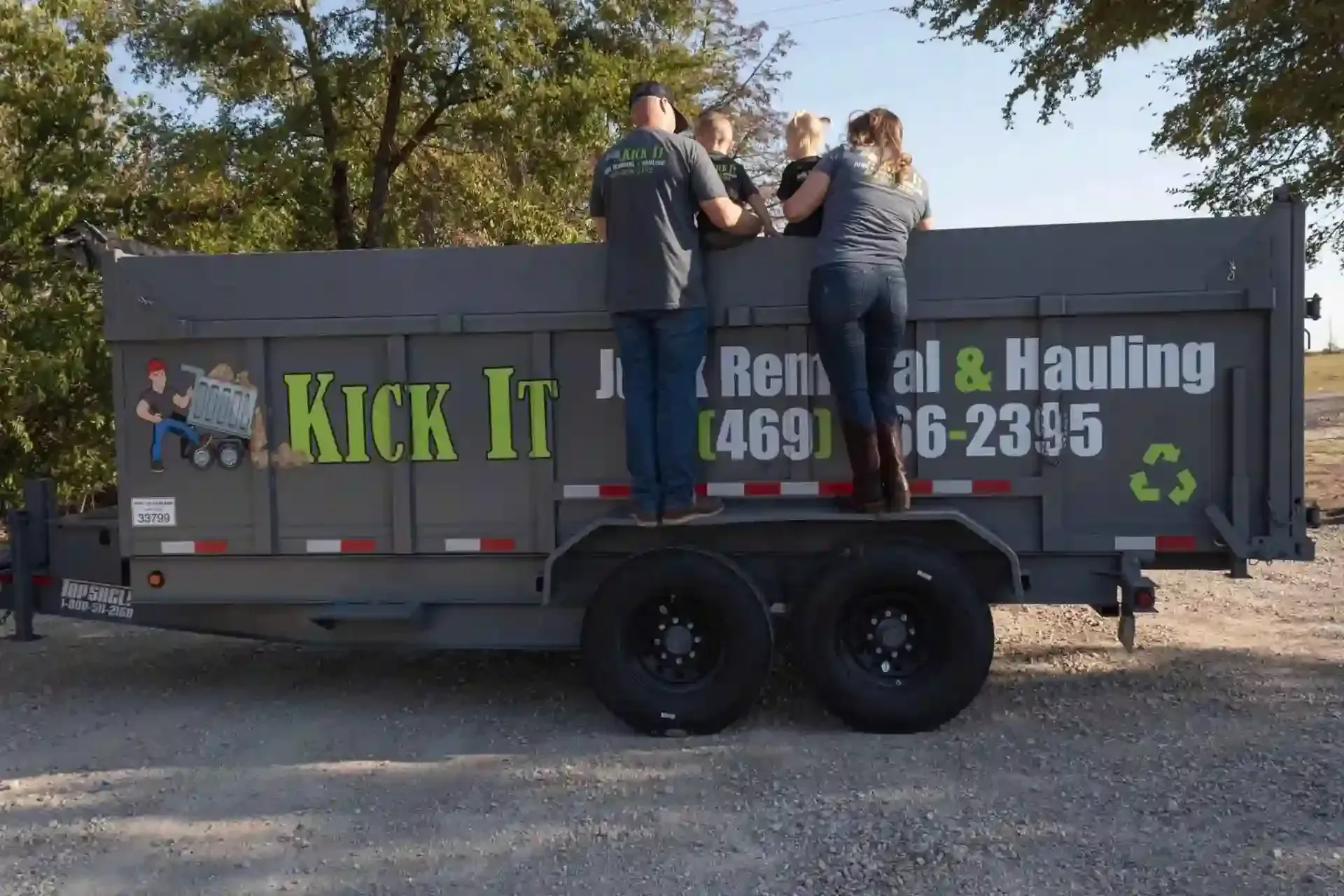
Gather Necessary Cleanup Tools
Once you’ve assessed the situation, gather all the necessary tools and materials. A proper cleanup requires the right equipment to ensure efficiency and safety. Some essential tools to have on hand include:
Broom and dustpan: For smaller waste or debris that has spilled onto the ground, a broom and dustpan will come in handy.
Trash bags or bins: You’ll need plenty of heavy-duty trash bags or containers to collect the waste. Ensure that the bags are large enough to handle large or bulky items.
Shovel or rake: For larger debris, a shovel or rake can help you scoop up waste and move it into the appropriate bags or containers.
Wheelbarrow: If the waste is heavy or bulky, using a wheelbarrow can help transport it to the designated disposal area with ease.
Sweeper or broom attachment: For larger areas where waste has scattered over a broader space, a push broom or sweeper attachment for a power tool will help you gather debris quickly.
Start the Cleanup Process
Once you’re geared up and ready to go, it’s time to start the cleanup. It’s important to break down the task into manageable steps to avoid feeling overwhelmed. Here’s how to approach the job:
Begin with the Dumpster Itself
Start by addressing the source of the overflow—the dumpster itself. Carefully remove any waste that has spilled over the top and onto the ground. If the waste has spilled onto a concrete or paved surface, be sure to remove it as soon as possible to avoid staining or causing damage to the surface.
Clear the Immediate Area
Next, start clearing the surrounding area. If the waste has spread onto sidewalks, lawns, or driveways, you’ll need to gather it up. Use your broom and dustpan to collect smaller debris, and the shovel or rake for larger items. Be diligent, as even small items like wrappers, broken pieces of wood, or nails can cause a mess and create hazards.
Separate Recyclables
As you’re cleaning up, take note of any recyclables that may have been tossed into the dumpster or spilled onto the ground. Sorting these items as you go will help reduce waste and ensure that recyclable materials are disposed of in the right manner. Items like cardboard, plastics, metals, and glass can often be recycled, helping to minimize the environmental impact.
Dispose of Hazardous Materials Properly
It’s also important to keep an eye out for hazardous materials, such as chemicals, oils, batteries, or sharp objects like broken glass. If you encounter any of these items, make sure they are handled carefully and disposed of properly according to local regulations. Many areas have specific guidelines for disposing of hazardous waste, so it’s essential to follow those to avoid health risks or legal issues.
Consider Renting a Larger Dumpster
If you find that the overflow is a frequent occurrence, or if your cleanup efforts are a constant struggle, it might be time to consider renting a larger dumpster. Sometimes, using a dumpster that’s too small for the job can result in repeated overflow and cleanup, which can be frustrating and time-consuming.
Before choosing a dumpster size, consider the scope of your project. For a home renovation, construction job, or large event cleanup, a larger dumpster may be necessary. Consulting with a professional junk removal service can help you select the right size dumpster that will accommodate your needs without overflowing.
Prevent Future Dumpster Overflow
While dumpster overflow can be inevitable at times, there are steps you can take to minimize the chances of it happening again. By being proactive, you can avoid the hassle of frequent cleanups.
A. Plan Ahead
The key to avoiding dumpster overflow is proper planning. Before renting a dumpster, take an honest look at the volume of waste your project will generate. If you’re unsure, ask for recommendations from a junk removal service or waste disposal provider. They can help you estimate the appropriate dumpster size based on your needs.
B. Follow Dumpster Guidelines
When using a dumpster, always follow the fill guidelines provided by the rental company. Most dumpsters have a fill line, and it’s essential to stay within that limit. Overloading a dumpster can result in spillage, and in some cases, additional fees. Make sure to distribute the waste evenly within the dumpster and avoid placing items outside of it.
C. Schedule Timely Pickup
One of the reasons for dumpster overflow can be a delay in pickup. If you know you’re going to generate a large amount of waste, schedule regular dumpster pickups to prevent waste from accumulating. Many junk removal companies offer flexible pickup schedules, so make sure to work with them to ensure timely waste removal.
D. Consider Waste Segmentation
If your project involves a variety of waste types, such as construction debris, household items, and recyclables, consider segmenting your waste into separate dumpsters. This not only prevents overflow but also makes it easier to dispose of specific materials properly. Some services may offer multiple smaller dumpsters or specialized containers to make this process easier.
Hire a Professional Junk Removal Service
If the overflow is particularly overwhelming or difficult to manage, it may be wise to hire a professional junk removal service to handle the cleanup for you. These companies have the expertise and tools to efficiently remove waste and restore order to your space. They can also assist in sorting and recycling materials, ensuring that your waste is disposed of in an environmentally friendly manner.
By hiring a professional, you can save yourself the time and effort required for cleanup and ensure that the job is done thoroughly and safely. Plus, you can avoid the hassle of dealing with large or hazardous items that may be difficult for you to manage on your own.
Effective Strategies to Tackle Dumpster Overflow and Restore Cleanliness
Dumpster overflow can quickly become a major nuisance, leaving behind scattered debris and waste that can impact both the environment and your property. The key to dealing with this issue is to first assess the situation, identify the scale of the mess, and gather the proper tools. Using the right cleanup equipment, like heavy-duty gloves, trash bags, and a broom, helps you tackle the mess safely and efficiently, reducing the time spent on the job.
Once the immediate area is cleared, consider separating recyclable items and ensuring hazardous waste is disposed of properly. By planning ahead and scheduling timely dumpster pickups, you can avoid future overflow problems. If the cleanup feels overwhelming, don’t hesitate to hire a professional junk removal service. They can help streamline the process and ensure that all waste is handled correctly, saving you both time and stress.
How to Manage Dumpster Overflow for a Hassle-Free Cleanup
Managing dumpster overflow involves assessing the situation, gathering tools, and avoiding future issues by renting the correct size. For tough cleanups, professional junk removal services can offer efficient, eco-friendly disposal, saving you time and effort.
Conclusion
Dumpster overflow cleanup is an unavoidable part of many large-scale projects, but it doesn’t have to be a stressful or overwhelming task. By understanding the cause of the overflow, preparing the right tools, and following the steps outlined above, you can get your space cleaned up quickly and efficiently. Prevention is key, so take the time to plan ahead and choose the right dumpster size to avoid future issues.
If you find yourself dealing with consistent dumpster overflow, consider seeking professional help from a reputable
junk removal service. Kick It Junk Removal & Hauling, based in Forney, Texas, can assist with your overflow cleanup needs. For more information, you can contact them at 469-866-2395 or email Paul@kickitservices.com.
